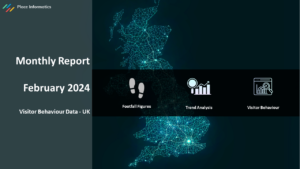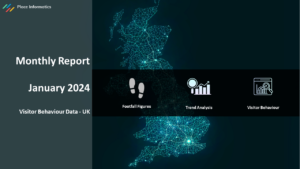The cost of living crisis is putting immense pressure on retailers. With consumers struggling to make ends meet due to increasing gas and electricity prices, many are cutting back on spending which is having a knock-on effect on businesses.
How does it affect retailers?
According to Go Compare, 83% of consumers have changed their purchasing habits with 42% saying they will stop dining out and a further 18% planning to cancel their gym memberships.
Retailers are naturally feeling the squeeze in trying to navigate an uncertain environment.
There are difficult choices to choose between such as keeping costs down to support customers, or charge higher prices instead to combat rising rental, utility and maintenance fees. But in doing so, out-of-town stores and retail sites fear that this will discourage customers from travelling to avoid costly fuel consumption, resulting in a decline in footfall – already the total number of UK retail park visits are down by 4.1% in August, while shopping centre foot traffic fell by 22.7%.
Using footfall data to mitigate the cost of living crisis
In a climate of limited resources, footfall data can be a powerful tool for helping retailers to weather the storm of the cost of living crisis. By understanding the postcode origins of visitors and their footfall patterns, retailers can make informed decisions on marketing initiatives, staffing levels, store locations and resource management to continue serving their customers and to promote the benefits of visiting their site to new potential customers with enticing offers.
The key features of Place Informatics RetailSites.AI footfall dashboard includes:
Visitor demographics – In-depth visitor demographic data can help you to understand who your customers are (including buying habits, age, gender and income level) which helps to assess which products or services are most likely to drive engagement and traffic to a store.
Postcode origins – Find out the home origins of local, regional or national visitors to your retail site. This information can be used to target your marketing spend to the right demographic areas more effectively.
Data-driven investment & commercial opportunities – By understanding footfall trends, retailers can determine where to invest their money wisely. This could be in terms of opening new stores or upselling agreements with pop up traders, advertisers or to work closer with existing tenants.
Accurate footfall predictions – Understanding pedestrian flow outside a retail property at different times of the day and different weekdays can help you identify the busiest trading periods, as well as the most popular and unpopular areas to optimise travel routes, signage and car parking.
Benchmarking – Footfall data can also be used for benchmarking purposes on your retail site to assess if footfall is increasing or decreasing. This means that you can compare your performance to that of other sites in your location, or to industry averages, ensuring you stay ahead of the competition.
Invest in retail footfall data
The cost of living crisis is one of the biggest challenges retailers have faced in recent years. Now is the time to re-engineer your business operations and start investing in footfall analytics, so that you can prepare in advance. Call 0161 706 1343 for more information or book a webinar to see the data available for your retail location in Calendly here:






